
Can You Take an Electric Bike on a Train UK?
Planning to take your electric bike on a UK train? You’re in the right place! With more people choosing e-bikes for quicker, sustainable commutes, it makes sense to bring yours along. The good news is, you can—but there are a few things to consider. In this article, we’ll cover everything you need to know to make your train journey with your e-bike smooth and hassle-free!
Are Electric Bikes Allowed on Trains? Rules & Regulations
Yes, you can bring electric bikes on trains, but the rules do vary depending on the train operator, the type of e-bike, and your travel route. Folding e-bikes are usually treated like regular luggage with fewer restrictions, while full-size e-bikes might have size, weight, and battery safety limits, plus possible reservation and time restrictions. It’s always a good idea to check the specific train operator’s policies before you go. Below, we cover what you need to know for a smooth ride.
Size & Weight Requirements
One of the primary concerns for train operators is the physical size and weight of e-bikes. Traditional bicycles typically have a standard size and weight, but e-bikes tend to be bulkier and heavier due to the motor and battery components.
-
Weight Limits: Many train services impose a maximum weight limit for bicycles carried on board, often around 20–25 kilograms (44–55 pounds). Heavier e-bikes might be restricted or require special arrangements. For example, Amtrak in the United States only allows e-bikes weighing less than 50 pounds (about 22.7 kg).
-
Dimensions: The physical size of the e-bike can affect whether it fits in designated bike storage areas on the train. Folding e-bikes, which can be collapsed into a more compact form, are generally more accepted and less problematic to bring aboard.
-
Storage Space: Some trains have limited or designated bike compartments, so even if your e-bike meets the size and weight restrictions, availability of space can be a limiting factor.
Battery Safety & Restrictions
Batteries are the defining feature of e-bikes and often the most regulated part when it comes to train travel. Due to fire risks associated with lithium-ion batteries, train companies enforce strict rules to ensure passenger safety.
-
Battery Removal: Many operators require passengers to remove the battery from the e-bike before boarding the train. This allows the battery to be stored separately and reduces fire risks.
-
Battery Watt-hour (Wh) Limits: Different rail companies set different watt-hour thresholds for batteries allowed on trains. For instance, some European rail operators permit batteries up to 300Wh without special arrangements, while others may allow up to 1000Wh with prior notification.
-
Fireproof Battery Bags: It’s recommended—and sometimes mandatory—to carry the battery in a fireproof bag or case when transporting it on trains.
-
Prohibited Batteries: Certain train companies completely prohibit lithium-ion batteries exceeding a certain size or capacity, such as Eurostar in the UK, which does not allow e-bike batteries at all.
Booking and Reservations
Traveling with an e-bike usually requires more planning than taking a regular bike due to limited space and additional rules.
-
Advance Booking: Many train companies require passengers with bikes to book a bike space in advance. This ensures that there will be room for your e-bike and helps train staff prepare accordingly.
-
Reservation Fees: Some services charge extra fees for bike reservations, while others include it in the ticket price. Be sure to check and book early, especially during busy travel periods.
-
Documentation: Certain trains may ask for additional documentation regarding your e-bike’s battery specifications or confirmation of compliance with safety requirements.
-
Priority on Regional vs. Long-Distance Trains: Regional trains typically have more flexible bike policies and easier booking procedures. In contrast, long-distance or high-speed trains like the TGV in France or ICE in Germany might have stricter rules and limited bike spaces.
Time Restrictions
Train operators often impose time-based restrictions on bringing bikes and e-bikes aboard, mainly to manage passenger volume during peak hours.
-
Peak Hours Restrictions: During morning and evening rush hours, when trains are crowded, many operators either prohibit or limit the number of bikes allowed on board. For example, National Rail in the UK restricts bike carriage during weekday peak travel times.
-
Off-Peak Travel: Traveling outside peak hours is generally encouraged if you’re bringing an e-bike. This improves the chance of securing bike storage space and ensures a more comfortable journey.
-
Weekend and Holiday Considerations: While some trains have relaxed bike policies on weekends and holidays, others might have special events or maintenance work that impact bike carriage policies temporarily.
Which Train Operators Require Reservation?
Train operators in the UK have varying policies when it comes to carrying electric bikes—especially full-size models. Some require advance reservations, while others allow walk-on boarding, provided space is available. Folding e‑bikes are generally treated as standard luggage and do not require a reservation.
Below is a simplified table outlining reservation requirements and restrictions for major UK train companies:
|
Train Operator |
Full-Size e‑Bike Allowed? |
Reservation Required? |
Notes |
|
Avanti West Coast |
Yes |
Yes |
Limited spaces; must reserve in advance. |
|
Great Western Railway |
Yes |
Yes (on most routes) |
Not allowed during peak hours on certain routes (e.g., to/from London). |
|
South Western Railway |
Yes |
No (but limited space) |
Peak-time restrictions apply in and out of London. |
|
ScotRail |
Yes |
Some routes require it |
Many services allow first-come, first-served; ≤ 20" wheels preferred. |
|
LNER (London North Eastern) |
Yes |
Yes |
Must book in advance; long-distance trains only. |
|
CrossCountry |
Yes |
Yes |
Limited bike spaces; reservation needed. |
|
TransPennine Express |
Yes |
Yes |
Advance booking is mandatory. |
|
Northern Trains |
Yes |
No |
First-come, first-served; space not guaranteed. |
|
TfL (Transport for London) |
No (Full-size banned) |
Not applicable |
Only folding e‑bikes allowed on most services. |
|
Thameslink |
Yes (restrictions apply) |
No |
Avoid peak hours; folding bikes preferred. |
|
Southern |
Yes (off-peak only) |
No |
Not permitted on trains to/from London during rush hours. |
|
Southeastern |
Yes (off-peak only) |
No |
Peak-hour restrictions apply; check specific lines. |
Top Tips for Taking Your eBike on the Train
Traveling with your electric bike on a train can be a smooth and enjoyable experience—if you plan ahead. Here are some essential tips to help you avoid surprises and make your journey hassle-free:
1. Check Train Policies Before Booking
Not all train operators have the same rules for e-bikes. Some allow full-size e-bikes only with reservations, while others restrict certain battery types or have size and weight limits. Always visit the specific train company’s website or contact their customer service to confirm their e-bike policies before buying your ticket.
2. Reserve a Bike Space in Advance
Many UK trains have limited bike storage space, especially for e-bikes which tend to be heavier and bulkier. Reserving a bike space early guarantees your spot and helps train staff accommodate your e-bike safely. You might be refused boarding without a reservation if the bike area is full.
3. Travel During Off-Peak Hours
Train services often restrict or limit bike carriage during peak commuter times to reduce congestion. Traveling outside of these busy periods increases your chances of securing bike storage space and makes boarding easier for you and fellow passengers.
4. Remove the Battery When Required
Due to safety concerns around lithium-ion batteries, some operators require that you remove the battery from your e-bike before boarding. Check the guidelines and bring a secure bag or case for transporting the battery safely during your journey.
5. Consider a Folding e-Bike for Maximum Flexibility
If you travel regularly with your e-bike, investing in a folding model can save you time and stress. Folding e-bikes are often treated as luggage, meaning no reservations are needed and they’re allowed on more services, even during peak times. Plus, they’re easier to carry, store, and protect from theft.
6. Use a Protective Bike Bag or Cover
Some train companies require e-bikes to be stored in protective cases, especially folding models. Even when not mandatory, a bike bag can protect your e-bike from damage and make handling it on and off trains more convenient.
7. Arrive Early to Allow Extra Boarding Time
Boarding with an e-bike usually takes longer than with a regular bike because of its weight and the need to secure it properly. Arriving early gives you enough time to find the designated bike carriage, stow your bike safely, and avoid rushing or missing your train.
8. Charge Your Battery Before Traveling
Charging e-bikes onboard is generally prohibited due to fire safety regulations. To avoid running out of power, make sure your battery is fully charged before you start your journey.
Following these tips ensures your e-bike travels safely and your overall train journey is comfortable and stress-free. Whether commuting or exploring, a little preparation goes a long way.
How Can You Book an E-Bike Reservation with Trainline?
Booking a space for your e-bike through Trainline is simple—and completely free. While folding e-bikes generally don’t need a reservation because they’re treated as luggage, full-size electric bikes often do require advance booking due to limited bike spaces on many UK train services.
Most long-distance and intercity trains, especially those with a seat reservation system, also operate a bike reservation system. Here’s how you can book your e-bike spot:
Step-by-Step: Booking an E-Bike Reservation with Trainline
-
Plan Your Journey: Use Trainline’s journey planner to search for your single or return trip. Just enter your origin, destination, and preferred travel times.
-
Look for the Bike Icon: Look for the bike symbol in the search results. This indicates whether the train service offers bike spaces and if a reservation is required for that route. You’ll also see how many spaces are available on board.
-
Select Your Train and Reserve a Bike Space: Once you choose your preferred train, Trainline will prompt you to reserve a bike space if required and available. You’ll see details like:
-
How many bike slots are available
-
How many you can book per person or group
-
Any restrictions based on operator policy
-
Choose Ticket Delivery Option: If you reserve a bike space through Trainline, you’ll need to collect your ticket and bike reservation coupon from a station ticket machine. E-tickets (mobile or print-at-home) don’t yet include bike reservations, so factor in time to collect at the station.
-
Confirm Before Purchase: You’ll be shown your ticket and bike space reservation before checkout. Double-check the number of reserved bike slots and make sure your booking matches your needs—especially if travelling in a group.
-
Arrive Early: Trainline will remind you to arrive early on the day of travel. Boarding with an e-bike may take longer, especially if the designated bike carriages are in specific parts of the train.
By using Trainline’s reservation system and checking operator-specific rules in advance, you’ll avoid last-minute issues and enjoy a stress-free journey with your e-bike.
Conclusion
Taking an electric bike on UK trains is a convenient and eco-friendly option, but it comes with specific rules. Full-size e-bikes typically require advance reservations due to size, weight, and battery safety restrictions, while folding e-bikes are usually treated as luggage and don’t need a booking. Battery removal or secure storage is often mandatory for safety reasons. Many operators restrict e-bikes during peak hours, so traveling off-peak is recommended. Checking individual train policies ahead of time and preparing your bike properly will help ensure a smooth, stress-free journey. Choosing a folding e-bike offers greater flexibility and ease when combining cycling with train travel.













































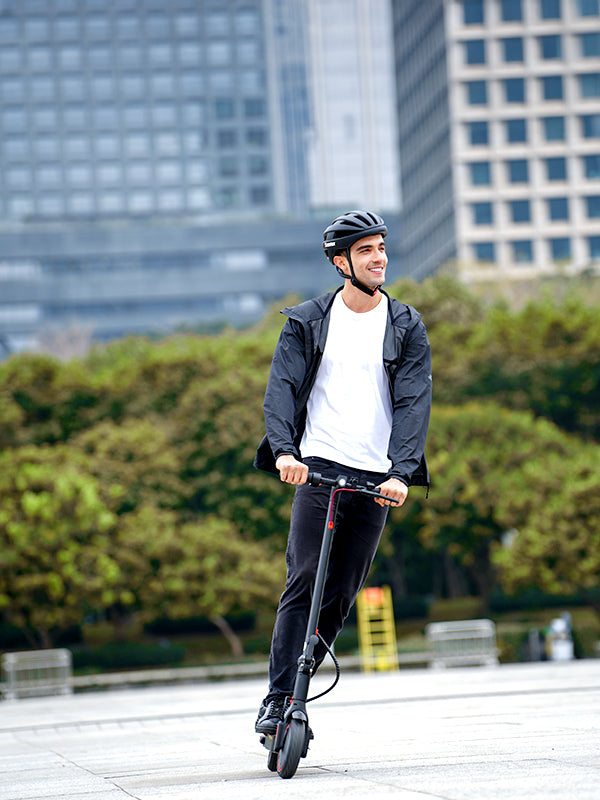


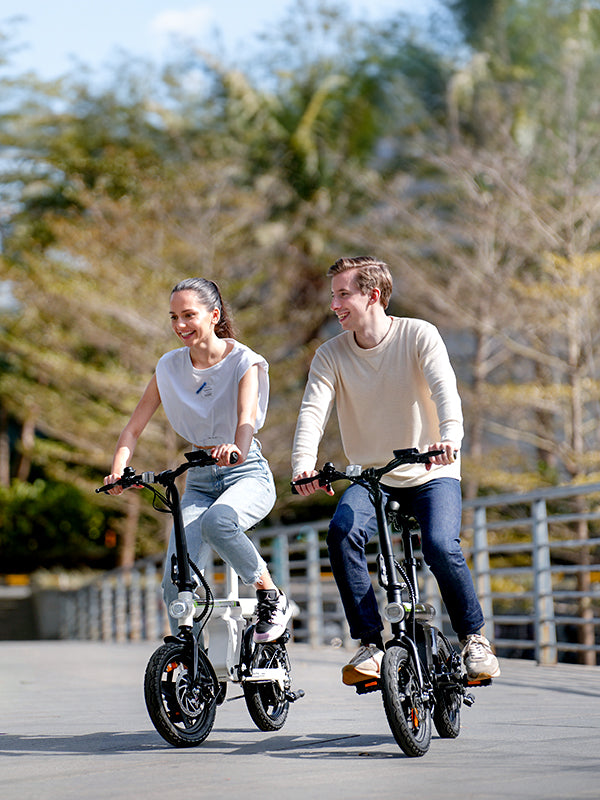








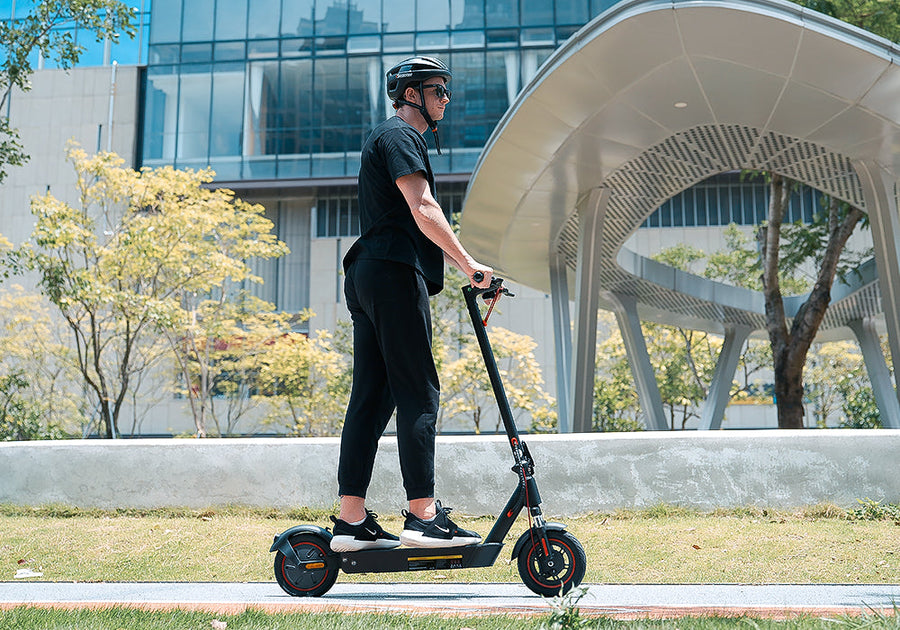

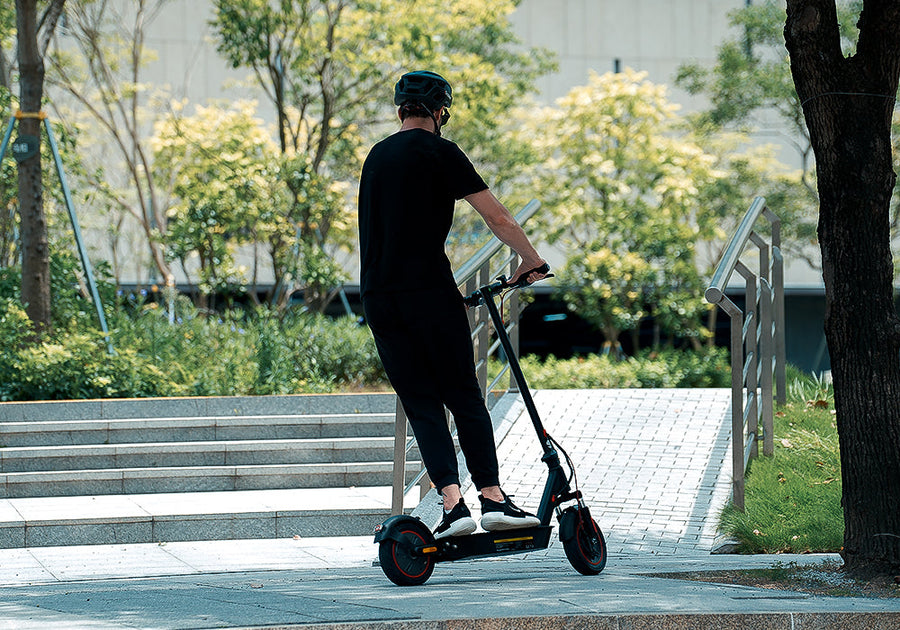


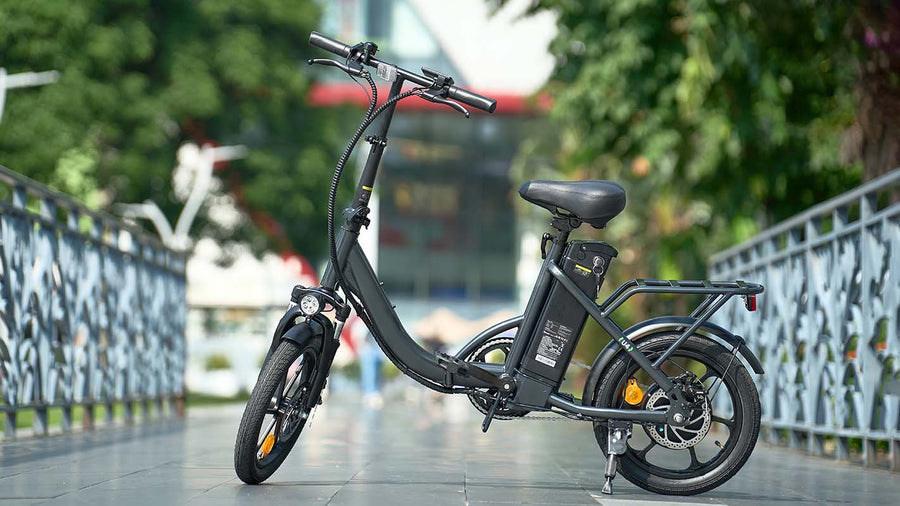

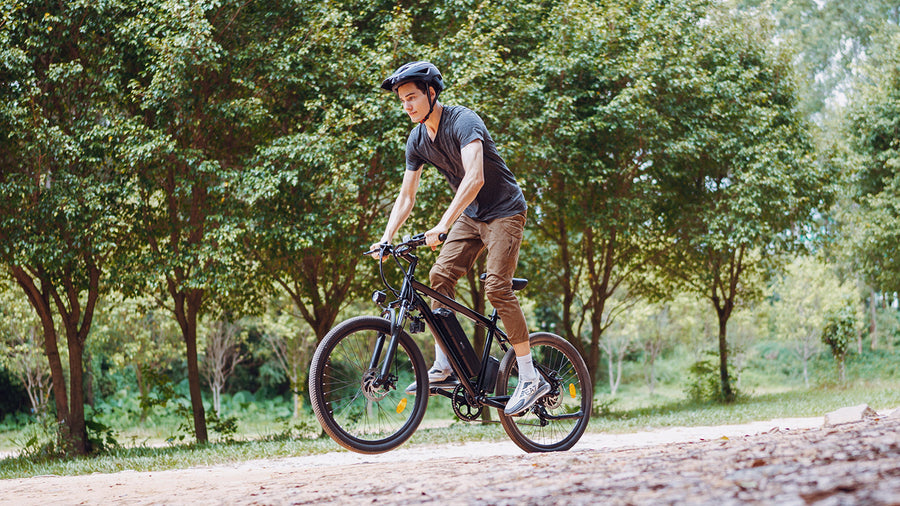


Still, need help? Contact Us: support@ihoverboard.com
What's the option? Check out the option now!
Leave us a message